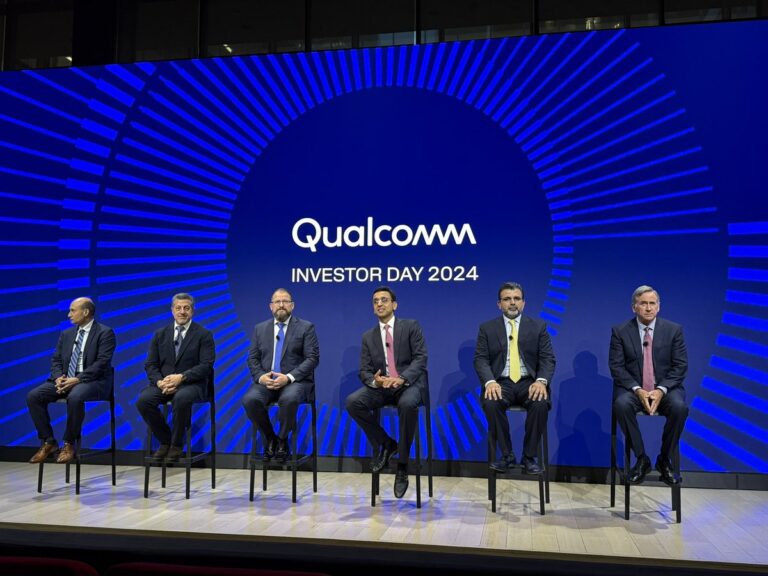Windows 10 aims to keep the corporate cycle from collapse.
- Typically when Microsoft makes a major new release it fares badly and then the next version corrects all of the problems and fares much better.
- Windows XP and Windows 7 were superb releases that followed major upgrades to the OS that were unpopular.
- Microsoft is clearly hoping that history will repeat itself with Windows 10 that was shown to the press for the first time yesterday.
- Windows 8 is of no interest to the enterprise and Microsoft is hoping to keep corporate spending going by encouraging companies to skip straight from 7 to 10.
- It was refreshing to hear that Microsoft understands that it has a very difficult problem to solve.
- Its software runs on everything from mobile phones to servers on devices with 4” screens all the way up to 85” screens as well as on devices with no touch input as well as no screens.
- Its user base ranges from unsophisticated content consumers to high level enterprise users to computer programmers.
- Consequently, to be all things to all users on all devices is an unbelievably difficult task but one it needs to get right if it is to realise its ecosystem ambitions.
- The first demonstration of Windows 10 shows that Microsoft has taken to heart some of the vitriolic feedback it received on Windows 8 as the main new features are:
- The start button is back and combines the apps. that run in metro as well as regular PC applications. All the functions that are popular in Windows 7 have returned.
- Metro apps can run inside windows but remain on the desktop. This gets rid of the need to keep switching back and forth but reduces Metro to little more than an app. launcher.
- Task viewer is now the same for every mode of windows and brings back multiple desktops. Swipes, clicks and key shortcuts all produce the same result making it as accessible as possible.
- The OS is now contextually aware such that it can adjust the UI depending on which input method is being used. This has been aimed at 2 in 1 hybrid devices where usage is combined between touch tablet and keyboard and mouse.
- A single customisable app. store where all of the apps will run on Windows Phone or metro. Companies can modify this so that their own apps and just the ones that they want are available on their devices.
- The ultimate aim of this early preview is to nip in the bud the inevitable leaks that will occur when Microsoft goes on the road to entice enterprises to make the upgrade when it becomes available in the middle of 2015.
- Microsoft needs enterprise to adopt Windows 10 as it has largely spurned Windows 8 as it offers very little that is incremental being mostly consumer and touch focused.
- This is why it is also upgraded the guts of Windows to allow device management of any Windows device from a single console and also upgraded the functionality of features like the command prompt which only power users and IT administrators use.
- While, the improvements look good, I doubt that this is going to cause enterprises, many of whom have only just upgraded to Windows 7, to rush out and upgrade to Windows 10.
- Furthermore, the upgrade cycle of Windows is typically lead by the consumer with enterprise at least 12 months behind.
- With Windows 8, very few enterprises have actually made the upgrade and so I suspect that Windows 10 is really about providing a product to catch the upgrade cycle that should have happened with Windows 8.
- Consequently, I don’t see Windows 10 causing a bump up in revenues but rather preventing a collapse in enterprise revenues by providing a product that companies can justify using.
- Windows 10 also provides much greater harmonisation across devices which is good for both the enterprise and the consumer and should help with integrating and unifying the Windows ecosystem.
- There is still a very long way to go but Windows 10 is an evolutionary and necessary step along the long road of Microsoft’s ecosystem strategy.









Blog Comments
PCs Q3 14A – Big is beautiful | Radio Free Mobile
October 9, 2014 at 11:35 am
[…] Microsoft is hoping to change that with Windows 10 which looks to be aimed at keeping the enterprise refresh cycle going (see here). […]